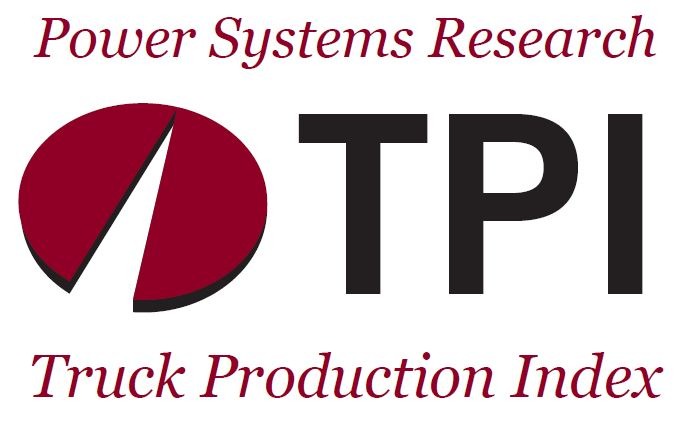Mexico Truck & Bus Update. Alternative Power Sources Displayed
Show Report: Expotransporte 2022
Editor’s Note: This report includes a conversation with Miguel Elizalde Lizárraga, the executive president of ANPACT (the National Association of Bus, Truck and Engine Manufacturers) and a visit to the Expotransporte 2022, the largest truck show in Latin America.

ANPACT represents the trucks, buses and engine manufacturers in Mexico. It participates actively with government organizations and other important related associations to ensure the truck and bus industry gets enough support, incentives, alliances, agreements and information to grow in the local market. Also, to continue with their outstanding role as one of the most important exporters of heavy duty vehicles globally.
The ANPACT gathers the most important trucks, buses and engine manufacturers in Mexico such as Kenworth, Freightliner, International, Mercedes Benz, Man, Volkswagen, Scania, Dina, Mack, Volvo, Isuzu, Hino, Detroit and Cummins.
During our conversation, Elizalde provided timely insights into the Mexican transportation industry and the major market challenges this country is facing today.

Vehicles manufactured in Mexico produce an important impact on the country’s economy, logistics and mobility. For example, 71% of the foreign trade value is moved to the US through heavy duty trucks. Much of the movement of goods in Mexico is through trucks, and people use buses as their main transportation.
According to ANPACT´s August statistics, manufacturers produced a total of 127,858 heavy duty vehicles from January through August this year. This is 18% more than 2021 production. Through August, export volumes increased by 15.7% (106,824 units) compared to 2021. Retail demand has increased so far by 20.5% (25,196 units).
Current challenges the transportation industry is facing today in Mexico include road safety, environmental regulations implementation, supply chain lead times, driver shortage, e-commerce, vehicles renewals, safety and energy infrastructure.




